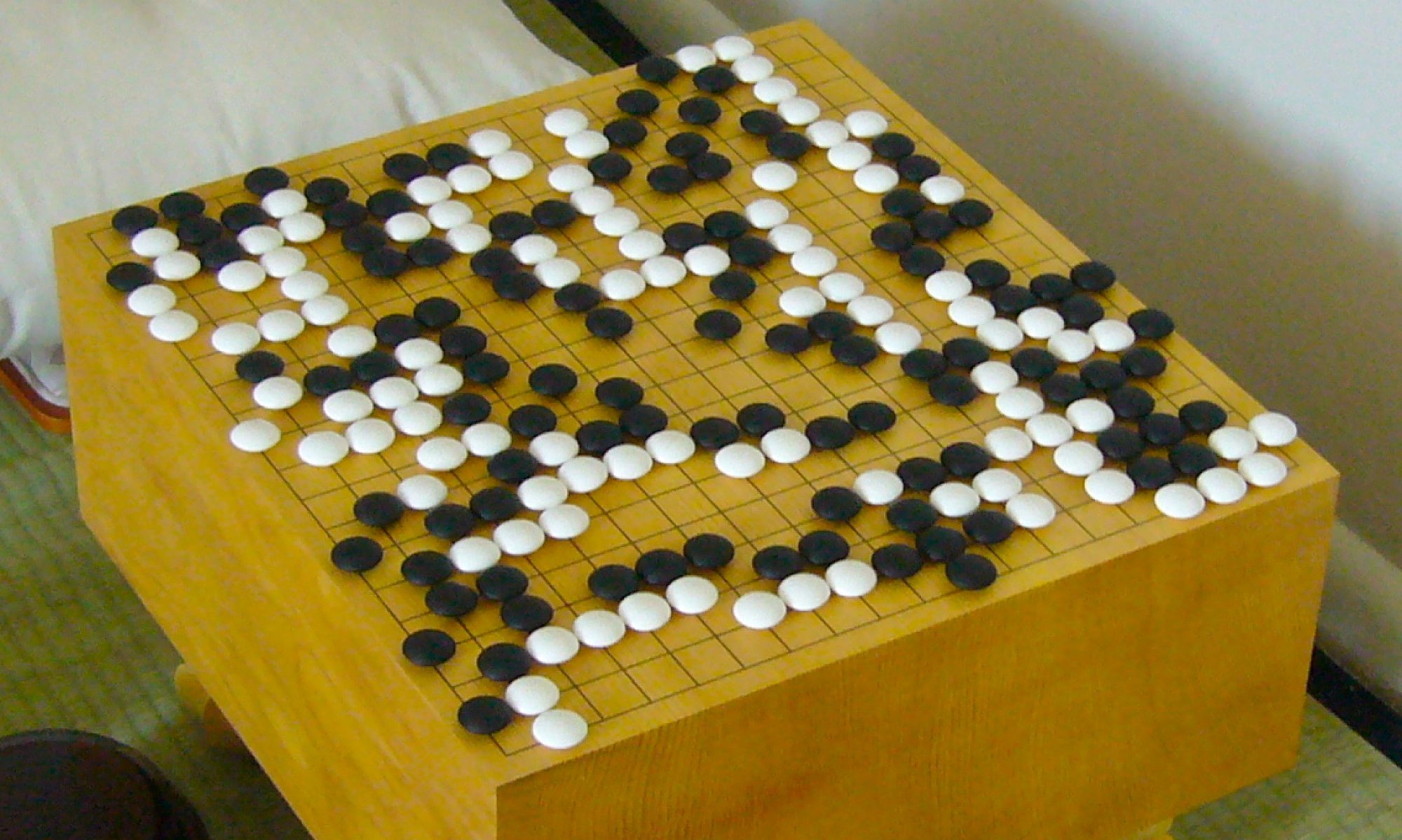Hardware:
There have been quite a few design changes made with regards to the hardware component. The main differences from the previous design iteration are that wires will replace the vector boards, and the instead of being located on said vector boards, the light sensors will be located on the wooden planks themselves. With regards to its development, we are still wiring sensors which is taking longer than expected due to design changes. This is also affecting the planned interfacing with the Raspberry Pi. This is the main risk for our project at the moment, as to mitigate it, Hang has started to work on the hardware component along with Israel, in order to reach the interfacing stage faster.
Software (backend):
We have a slight change in design for the software backend. After consultation with Prof. Tamal, we have decided to implement the communication between the Arduino connected to the physical board and the web server via a Raspberry Pi, instead of using the user’s computer. This will be done by hosting a Flask server on the Raspberry Pi itself. However, before this can be implemented Hang will continue his work helping Israel with the hardware component, as that has proved to be more complex than expected and thus requires more manpower in order to be finished in time.
Software (Engine):
The engine has come together nicely, and is in full working order, and is currently running MCTS in order to tune both the value and the policy networks. However, as mentioned in Nathan’s weekly report there is a bit of a risk in the execution speed of the MCTS. This does not threaten the existence of the engine, the engine already works as is, and can be used. However, the faster and more efficient the MCTS implementation is, the more scenarios can be examined in a given amount of time, and thus the more accurate the engine can play (assuming the evaluation skills of the network are not harmed in the speedup). Thus Nathan will continue working on improving execution to allow for deeper simulations. At some point, he may also need to evaluate the tradeoffs in reducing the network complexity to improve MCTS timing, as the increase in allowable depth could outweigh the network accuracy loss.
Schedule:
Other than Hang, whose changes are detailed above (helping with the hardware) there are no schedule changes. Because Hang is ahead of schedule this added workload will not cut into his slack, and this added help will allow Israel to stay on schedule.
ABET:
We’ve definitely gotten a lot better at working together as a team as the semester has proceeded. At first, we did all of our work together, in person. This had quite a few limitations, including timing and interest levels. We began expanding the ways in which we work together. Sometimes when working on collaborative efforts (ex. team reports, design documents, etc.) we work remotely but synchronously connected over a voice call. This allows us to communicate effectively while still being in the comfort of wherever we choose to be (usually at home). We’ve also gotten better at working asynchronously. Our project sections (hardware, software, and engine) are fairly disjoint, so we spend a lot of time working individually, however, there are obviously times when we need to consult each other on how parts interact. We have gotten good at doing as much as possible while leaving a generalized interface, prevent blockages while still making interaction efficient and easy. Finally, due to the recent overlap in jobs (Hang helping on hardware) all of us have had to learn a bit more about how the hardware works, and Israel has done a great job teaching us so we can help him out.
